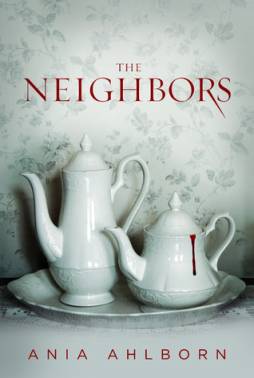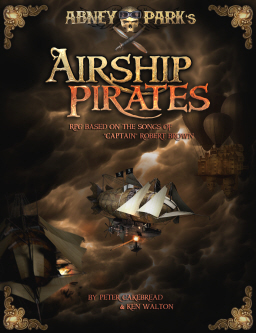Dredd Sentences You to a Bloody Good Time
 The Charge: Attempting to re-start a film franchise about a classic comic book character.
The Charge: Attempting to re-start a film franchise about a classic comic book character.
The Verdict: Guilty.
The Sentence: Director is hereby ordered to make more Judge Dredd Movies.
Any Last Words: I am the law.
The upcoming re-make of RoboCop now feels even more unnecessary than it did before. Dredd has just handed us an over-the-top violent buddy cop SF flick that fills up that niche for the next year, maybe two. Dredd is an old-style Paul Verhoeven film in feel, although missing much of his satirical glee, and hits perfect for a September action movie, trading in any “mainstream” credentials for hard-R blood and guts on a narrow budget. It’s a wet blast for action fans and dark SF junkies.
You may recall a similar film, Judge Dredd, from 1995, which starred Sylvester Stallone as the dispenser of justice in the fallen future. Based on the character created by John Wagner and Carlos Ezquerra that appeared originally in the UK anthology magazine 2000 AD, the Stallone movie was a big-scale epic aiming for broad appeal to become a summer blockbuster, hence the inclusion of a comic sidekick played by Rob Schneider and the sanding away at the harsher elements of the setting. Because of Stallone’s celebrity status, he spent much of the film without the Judge’s eye-shielding helmet on, which the character never removes in the comics. I haven’t seen Judge Dredd ’95 since it was in theaters, but I do recall enjoying it.
I can’t imagine I would feel the same way about Stallone’s colorful but silly film if I watched it today, and this new take on Wagner and Ezquerra’s character has crushed any wish to revisit it. Costing a tight $45 million (pocket change among today’s blockbusters), the British/South African production Dredd sticks closer to source material and ditches any compromise for the general audience: it is authentically brutal dystopian action that works on the simple plane of crunchy ultra-violence.

 Gods of Opar: Tales of Lost Khokarsa
Gods of Opar: Tales of Lost Khokarsa
 Apex Magazine turns 40 with its September issue, featuring
Apex Magazine turns 40 with its September issue, featuring 
 Of Blood and Honey
Of Blood and Honey Worldsoul
Worldsoul

 Greetings, late 1930s ERB! How have you been? Oh, not that great? Yes, I know how it is. I’ve read enough of your output from these days.
Greetings, late 1930s ERB! How have you been? Oh, not that great? Yes, I know how it is. I’ve read enough of your output from these days.